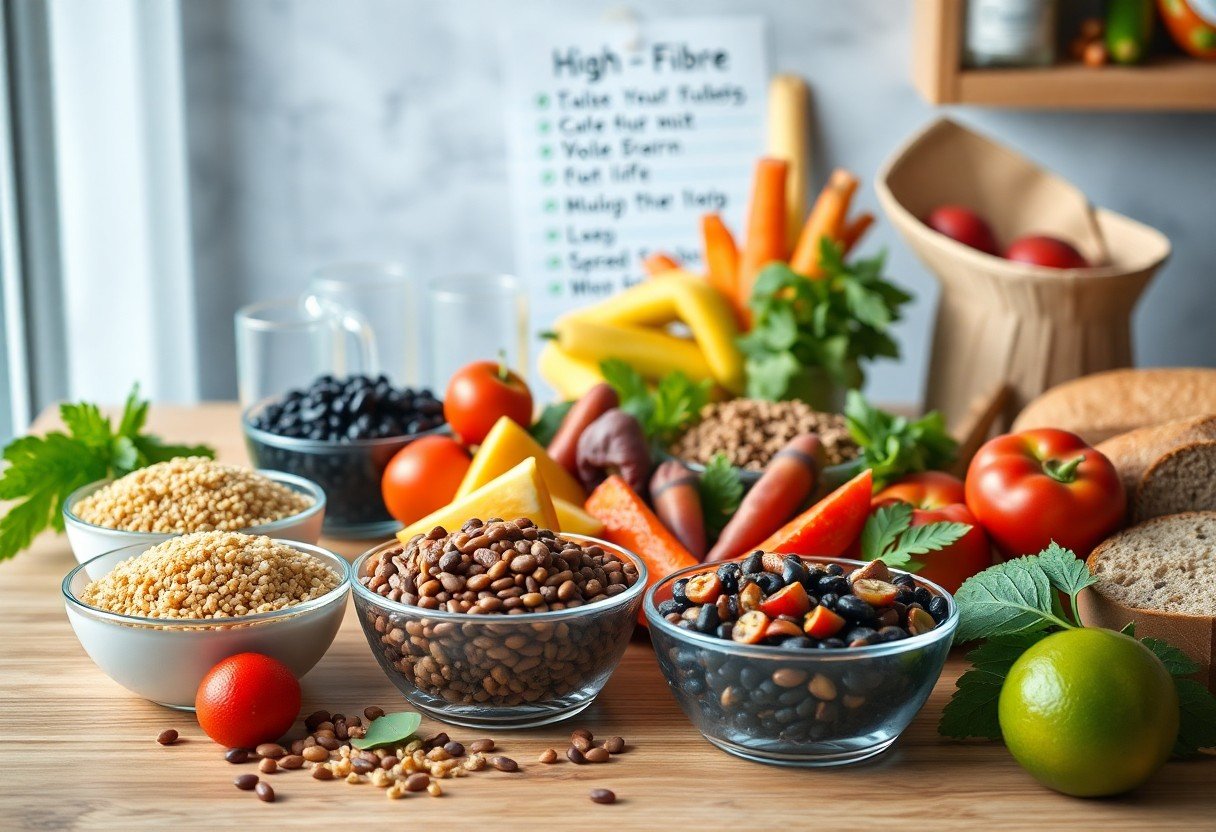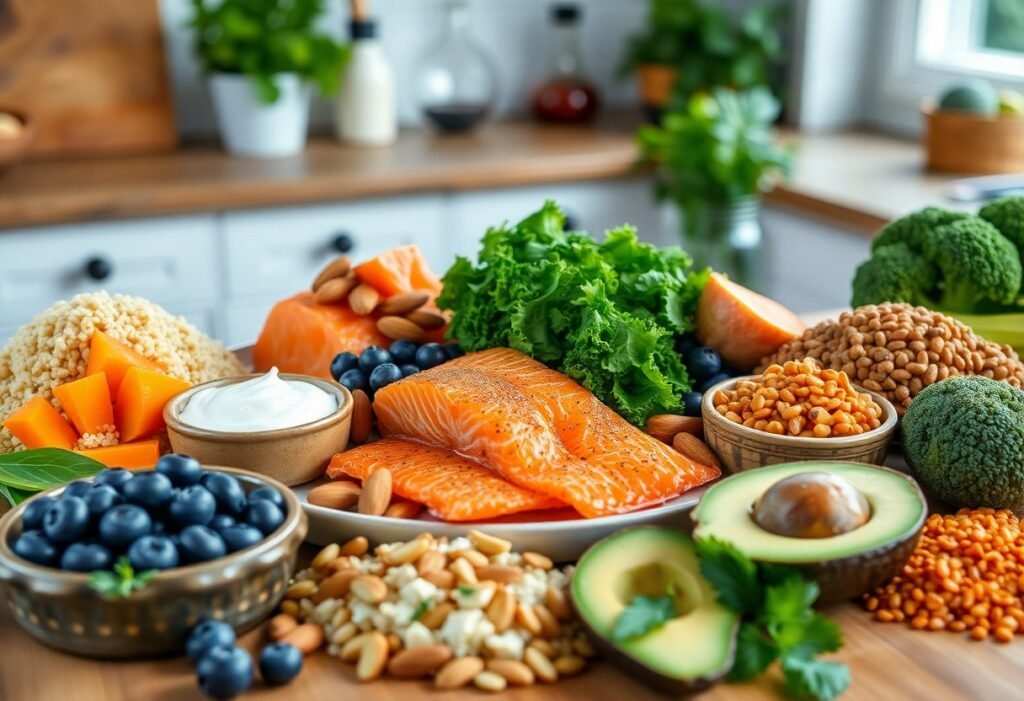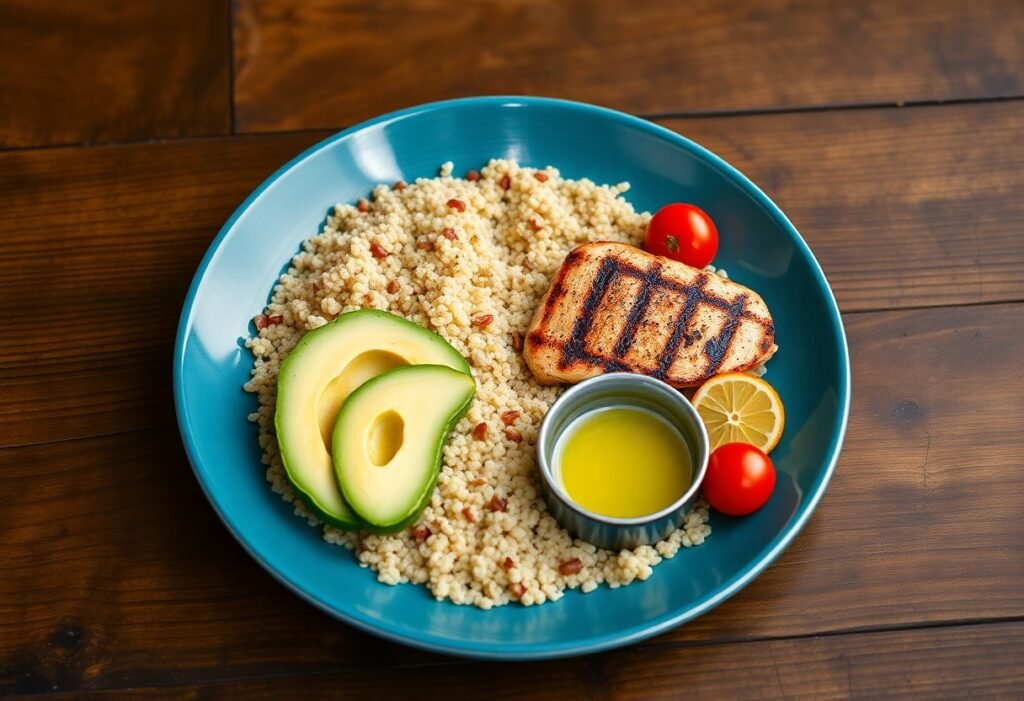Nutrition plays a vital role in your overall health, and increasing your fiber intake can significantly improve digestion and reduce the risk of chronic diseases. By incorporating whole foods like fruits, vegetables, legumes, and whole grains into your meals, you can easily boost your fiber levels. This blog post provides you with simple, actionable tips to enhance your diet and optimize your wellbeing through high-fiber eating, making it straightforward to adopt healthier habits.
Key Takeaways:
- Incorporate a variety of high-fiber foods such as fruits, vegetables, whole grains, legumes, and nuts into daily meals.
- Gradually increase fiber intake to prevent digestive discomfort and ensure adequate hydration.
- Read nutrition labels to choose products with at least 3 grams of fiber per serving for effective fiber intake.
Understanding Fiber
What is Dietary Fiber?
Dietary fiber refers to the plant-based carbohydrates that your body cannot digest fully. Unlike other nutrients, fiber passes through your digestive system relatively intact, providing several health benefits. It supports regular bowel movements, helps maintain a healthy weight, and can lower the risk of chronic diseases like heart disease and diabetes.
Types of Fiber: Soluble vs. Insoluble
There are two main types of fiber: soluble fiber and insoluble fiber. Soluble fiber dissolves in water and forms a gel-like substance, helping to regulate blood sugar and lower cholesterol levels. In contrast, insoluble fiber does not dissolve in water and aids in promoting normal bowel movement and digestive health.
| Soluble Fiber | Dissolves in water; forms a gel-like substance |
| Insoluble Fiber | Does not dissolve in water; promotes regularity |
| Sources of Soluble Fiber | Oats, legumes, fruits like apples |
| Sources of Insoluble Fiber | Whole grains, vegetables, nuts |
| Functionality | Helps manage cholesterol; aids digestion |
Both types of fiber are crucial for a balanced diet. Soluble fiber can aid in lowering your cholesterol levels and stabilizing blood sugar, making it helpful for managing conditions like diabetes. On the other hand, insoluble fiber assists in preventing constipation by adding bulk to your stool. Knowing the differences helps you choose foods for optimal health.
- Fiber-rich foods can enhance your diet.
- Soluble and insoluble fibers play different roles.
- Increased fiber intake supports healthy digestion.
- Diverse sources make it easy to incorporate fiber.
- Knowing how fiber works can empower your dietary choices.
Health Benefits of High-Fiber Diets
Adopting a high-fiber diet can lead to numerous health benefits, including improved digestive health and reduced risk of chronic diseases. Consuming adequate fiber helps regulate your appetite, possibly leading to weight management and lower cholesterol levels.
A high-fiber diet has been linked to reduced risks of developing diseases such as type 2 diabetes, heart disease, and certain cancers. Studies show that individuals consuming high amounts of fiber experience better satiety, which can help control weight. Furthermore, fiber-rich diets support beneficial gut bacteria, promoting overall gut health. Incorporating more fiber means enhancing your wellbeing and preventing serious health conditions in the long run.
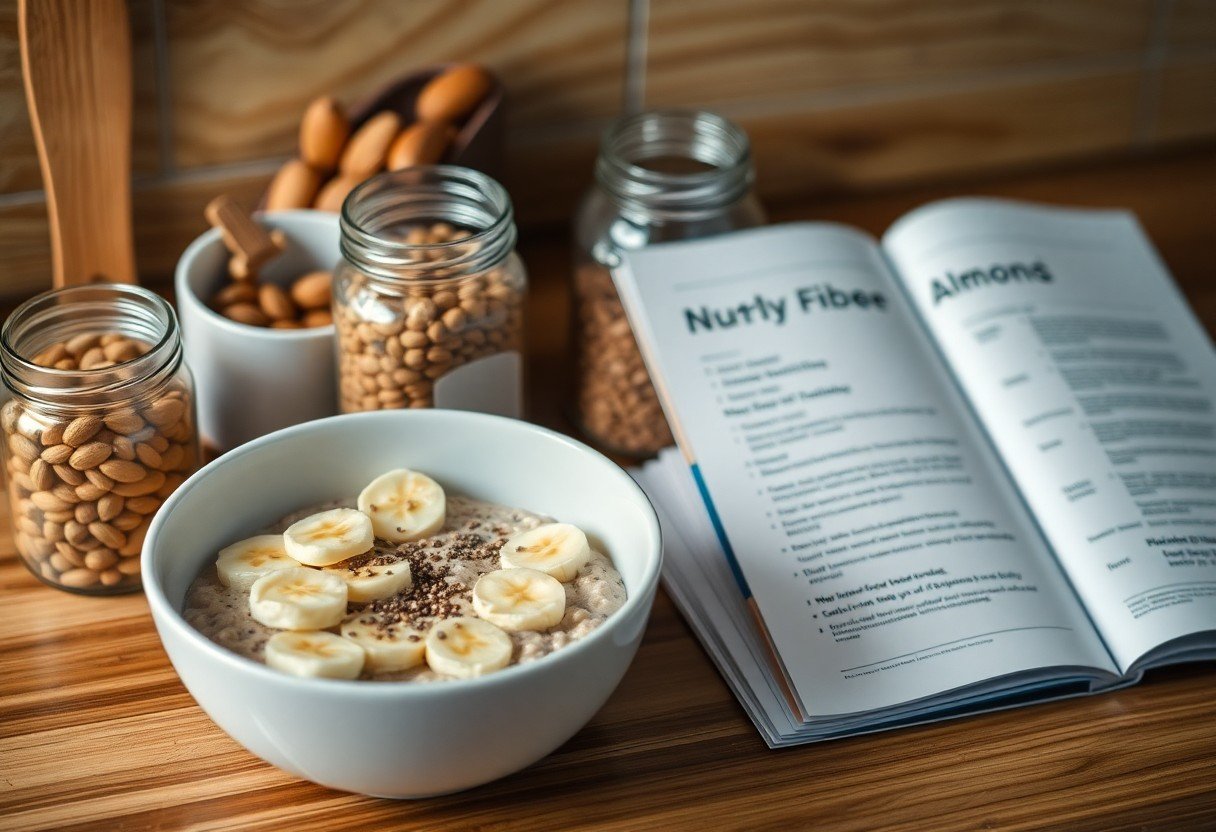
Recommended Daily Fiber Intake
Daily Fiber Goals for Adults
The recommended daily fiber intake for adults is about 25 grams for women and 38 grams for men. After age 50, these recommendations decrease slightly to 21 grams for women and 30 grams for men. Focus on incorporating a variety of fiber-rich foods like fruits, vegetables, whole grains, and legumes into your daily meals to easily meet these goals. You can find helpful tips to Rough Up Your Diet.
Fiber Requirements for Different Age Groups
Your daily fiber needs can vary significantly depending on your age and gender. Children typically require less fiber, while women and men see differing recommendations based on age brackets. Ensuring your family consumes enough fiber can help promote healthy digestion and overall wellness.
For infants and toddlers, fiber needs begin at around 5 to 10 grams, increasing with age. Young children aged 4 to 8 require 25 grams, while adolescents need between 26 to 38 grams as growth accelerates. Meeting these requirements through fruits, vegetables, and whole grains will support their development and health.
Understanding Food Labels: Fiber Content
When shopping for groceries, reading food labels for fiber content is crucial. Look for products that contain at least 3 grams of fiber per serving to ensure you’re making healthier choices. Keep an eye on the serving sizes, as many people underestimate their consumption.
Food labels often distinguish between soluble and insoluble fiber, which can guide your choices. A higher total fiber content in a product is usually beneficial, especially when labeled as whole grain. Using this information allows you to add quality fiber sources to your diet effectively.
High-Fiber Foods to Incorporate
Whole Grains
Incorporating whole grains into your diet is a simple yet effective way to boost your fiber intake. Opt for foods like quinoa, brown rice, whole wheat bread, and oats, which provide both fiber and imperative nutrients. Aim for at least three servings of whole grains each day to reap the digestive benefits and support heart health.
Fruits and Vegetables
Fruits and vegetables are some of the most fiber-rich foods available. Including a variety of berries, apples, carrots, and broccoli not only enhances your fiber consumption but also delivers vital vitamins and minerals. Strive to fill half your plate with these colorful, nutrient-dense options at every meal.
Choosing high-fiber fruits like raspberries, pears, and bananas can add both texture and flavor to your meals. Vegetables like artichokes and sweet potatoes are particularly high in fiber. Try incorporating them into salads, smoothies, or as side dishes to increase your intake effortlessly.
Legumes and Pulses
Legumes and pulses such as lentils, chickpeas, and black beans are excellent sources of fiber. They provide on average 15-20 grams of fiber per cooked cup, making them a powerhouse for your digestive health. Aim to include legumes in your meals two to three times a week for maximum benefits.
By incorporating legumes into soups, salads, or as a protein source in various dishes, you can significantly increase your fiber intake. They also offer additional protein and imperative nutrients, making them a stellar choice for both vegetarian and omnivorous diets alike.
Nuts and Seeds
Nuts and seeds, such as almonds, chia seeds, and flaxseeds, not only add crunch but also provide important fiber. Just a small handful of nuts can contain up to 3-4 grams of fiber, while seeds can offer a concentrated source of fiber and healthy fats. Snacking on these can be an easy way to boost your intake throughout the day.
Incorporating nuts and seeds into your meals can enhance their nutritional profile. Consider adding chopped nuts to yogurt or oatmeal or sprinkling seeds on salads for a satisfying crunch. These small additions can make a significant impact on your overall fiber consumption and improve your health.
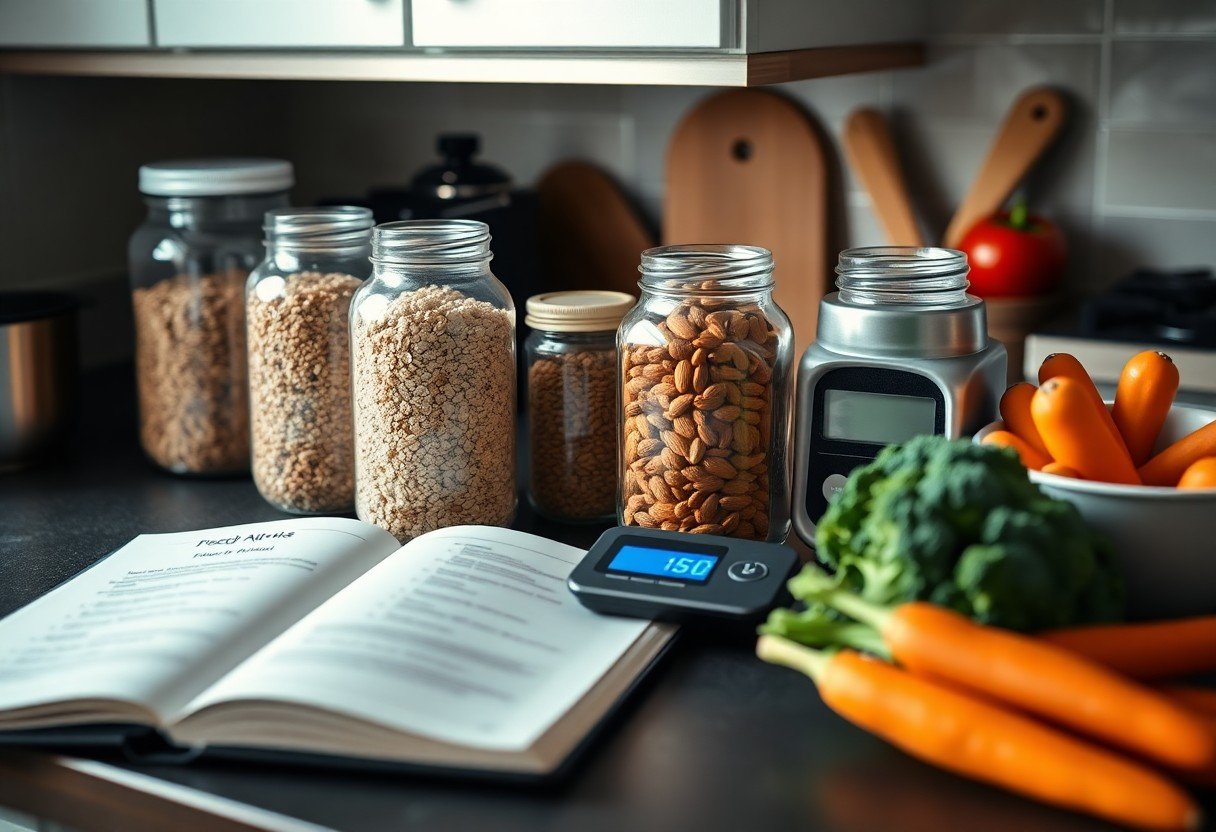
Tips for Increasing Fiber Intake
- Start your day with a high-fiber breakfast, such as oatmeal or whole-grain cereal.
- Gradually introduce fiber-rich foods into your diet to avoid digestive discomfort.
- Choose whole grains over refined grains in your meals.
- Snack on fresh fruits, vegetables, and nuts instead of processed options.
- Incorporate beans and legumes into your recipes.
Gradually Introducing Fiber
When increasing your fiber intake, it’s vital to do so gradually. Sudden changes can lead to bloating and discomfort. Start by adding a small serving of high-fiber foods to your meals, progressively increasing the amount over several days or weeks. This allows your digestive system to adapt smoothly to the higher fiber levels.
Smart Swaps for Higher Fiber Options
Making simple swaps can significantly boost your fiber intake. Instead of white bread, choose whole grain; substitute quinoa for white rice; and try snacking on fruits instead of chips. These easy adjustments lead to substantial benefits without drastic lifestyle changes.
For instance, if you typically have pasta, consider swapping regular pasta for chickpea or lentil pasta, which contains more fiber. Adding vegetables like spinach or broccoli not only enhances nutrition but also increases fiber content. You can also replace your daily snack of crackers with air-popped popcorn, ensuring a boost in satiety and fiber without extra calories.
Meal Planning with High-Fiber Foods
Effective meal planning involves incorporating a variety of high-fiber foods into your daily menu. Aim for a mix of fruits, vegetables, whole grains, and legumes to meet your needs. Preparing meals in advance helps you stay consistent and ensures you have the right options on hand.
Create a weekly menu featuring different high-fiber recipes, such as chili made with black beans or salads loaded with chickpeas and quinoa. Meal prepping not only saves time but also allows you to experiment with diverse flavors while increasing your overall fiber consumption.
Snacks That Pack a Fiber Punch
Choosing snacks that are rich in fiber can help keep you full between meals. Opt for fruits like apples and pears, almonds, or high-fiber granola bars to satisfy your cravings without excess calories.
High-fiber snacks such as hummus with carrot sticks, or Greek yogurt topped with berries and chia seeds provide both nutrients and lasting fullness. Keeping these snacks on hand ensures you’re less likely to reach for lower-fiber, more processed options when hunger strikes.
Overcoming Challenges
Common Digestive Issues and Solutions
As you increase your fiber intake, you may experience bloating, gas, or changes in bowel habits. To tackle these issues, increase fiber gradually and ensure your body adjusts. Incorporate probiotics through yogurt or supplements to enhance gut health, and chew food thoroughly to aid digestion. If problems persist, consulting a healthcare professional is advisable.
Staying Hydrated: The Importance of Water
Drinking adequate water is vital when consuming a high-fiber diet, as it helps prevent constipation and aids in fiber’s digestive processes. Aim for at least 8 glasses of water daily to support fiber’s benefits.
When you increase fiber, it absorbs water and expands, which requires adequate hydration for optimal digestion. Insufficient water intake can lead to discomfort, making it imperative to prioritize hydration alongside fiber consumption. Make it a habit to carry a water bottle and sip throughout the day to stay ahead of your hydration needs.
Balancing Fiber with Other Nutritional Needs
While boosting fiber, ensure you’re also meeting your protein, fat, and micronutrient needs. Include a variety of food groups to maintain overall nutritional balance and prevent deficiencies.
Striking a balance is key; for instance, while legumes are high in fiber, they also provide protein, so pairing them with whole grains can complement nutritional needs. Incorporate a diversity of fruits, vegetables, healthy fats, and lean proteins in your meals to create a well-rounded diet that supports your health alongside your fiber goals.
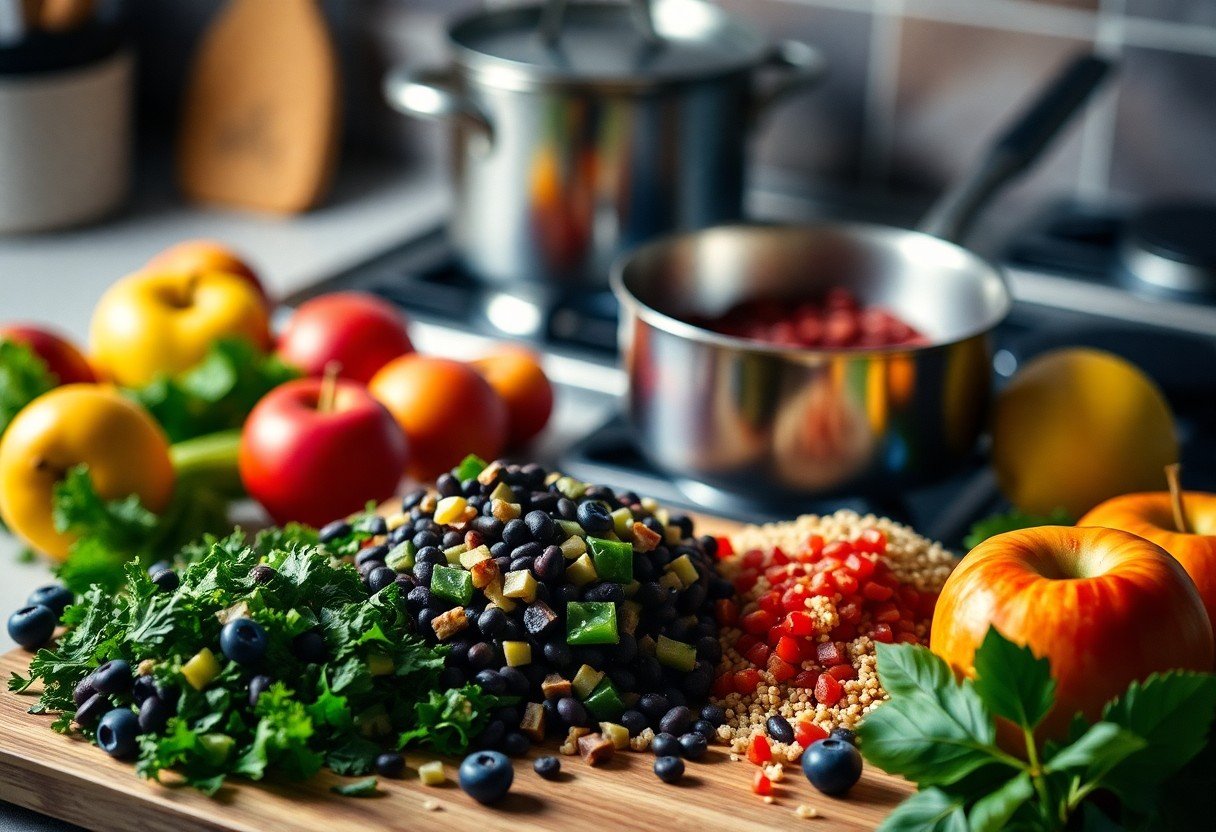
Cooking and Preparing High-Fiber Meals
Cooking Techniques for High-Fiber Foods
Utilizing cooking techniques that preserve fiber is vital for maximizing your diet. Steaming, roasting, and sautéing vegetables can maintain their nutritional integrity, while methods like boiling may cause nutrient loss. Incorporating techniques such as blending and pureeing legumes can enhance their digestibility, making fiber-rich meals easier to enjoy.
Recipes for Quick and Easy Fiber-Rich Meals
Simple recipes can effortlessly integrate fibers into your meals. Options such as a black bean salad or a chickpea stir-fry come together in less than 30 minutes and are packed with fiber. Including fiber-rich grains like quinoa or brown rice can also elevate your meals without a lot of fuss.
For a quick and easy fiber-rich meal, consider mixing canned black beans with diced tomatoes, corn, and avocado for a refreshing salad. This meal not only comes together in about 15 minutes but also provides over 15 grams of fiber per serving. Another great option is a whole-grain wrap filled with hummus, roasted veggies, and spinach, offering both convenience and nutrient density.
Family-Friendly High-Fiber Meal Ideas
Getting your family to enjoy fiber-rich meals can be simple with the right ideas. Dishes such as whole-grain pasta with lentil sauce or taco bowls loaded with beans and veggies allow everyone to indulge in enjoyable flavors while benefiting from fiber.
For family-friendly fiber meals, engage your kids by making fiber-packed pizza. Start with a whole-wheat crust and let them top it with beans, vegetables, and a sprinkle of cheese. This not only makes the meal fun but also promotes healthy eating habits while ensuring everyone gets a beneficial dose of fiber, easily exceeding the recommended intake of 25-30 grams per day for adults.
To wrap up
Ultimately, incorporating high-fiber foods into your diet can greatly enhance your overall health and well-being. By choosing whole grains, fruits, vegetables, legumes, and nuts, you can easily boost your fiber intake. Pay attention to food labels, gradually increase your fiber, and ensure adequate hydration for the best results. Making these simple adjustments will not only improve digestion but also support heart health and weight management. Start today and experience the benefits of a fiber-rich diet in your everyday life.
FAQ
Q: What are the health benefits of a high-fiber diet?
A: A high-fiber diet can improve digestion, help maintain a healthy weight, lower cholesterol levels, and reduce the risk of chronic diseases such as type 2 diabetes and heart disease.
Q: How much fiber should I consume daily?
A: The daily recommended intake of fiber is 25 grams for adult women and 38 grams for adult men. After age 50, the recommendations decrease to 21 grams for women and 30 grams for men.
Q: What are some easy ways to increase fiber intake?
A: To increase fiber intake, incorporate more fruits, vegetables, whole grains, legumes, nuts, and seeds into your meals. Start by adding one fiber-rich food to each meal.
Q: Are there any potential side effects of eating too much fiber?
A: Eating too much fiber too quickly can lead to digestive issues such as bloating, gas, and cramping. It’s best to gradually increase fiber intake and drink plenty of water.
Q: How can I balance fiber intake with my current diet?
A: To balance fiber intake, assess your current diet and replace refined grains and processed snacks with whole grain options, fruits, and vegetables. Make dietary changes progressively for better adjustment.


